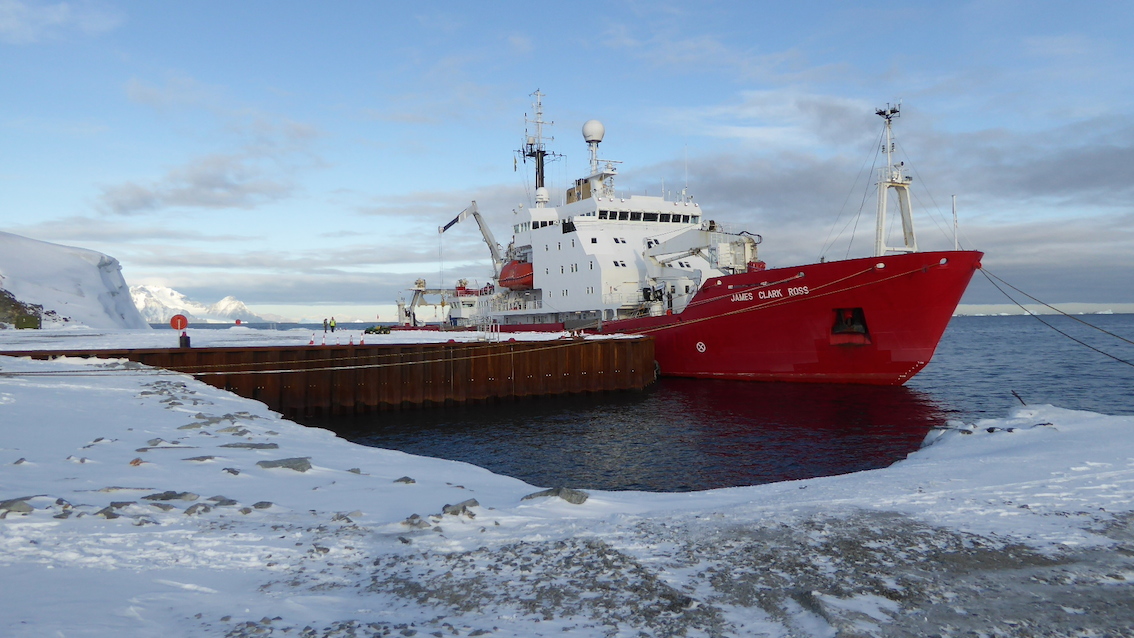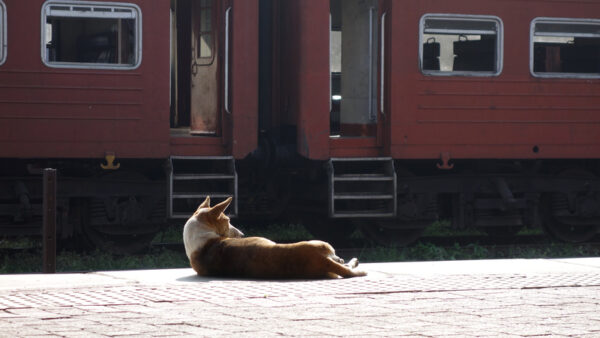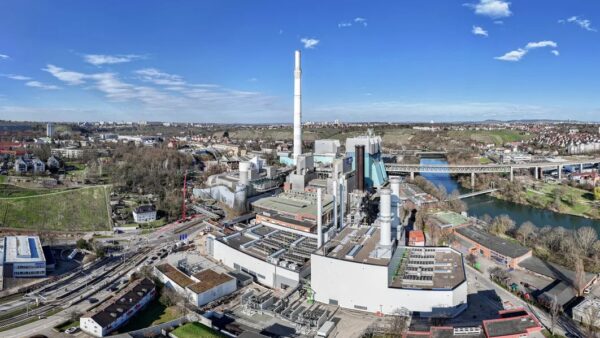Polar ships have moored for the first time at a new £40m wharf at British Antarctic Survey’s (BAS) Rothera Research Station in Antarctica.
Killer whales, collision with large icebergs floating by, and a steeply sloping rocky seabed were among the challenges for the project team.
The RRS James Clark Ross has now used it to re-supply the station and pick up staff for return to the UK.
Later, the 74-metre wharf will dock the new polar research vessel, RRS Sir David Attenborough.
Building in one of the world’s most extreme environments required careful planning, digital construction expertise and the ability to work collectively at every stage of the process
Construction partners and designers of the wharf, BAM, with the support of Sweco and technical advisors, Ramboll, completed a second, six-month construction season, during the Antarctic austral summer. Turner & Townsend also provided cost management for the project.
The new wharf replaces a smaller structure built in the 1980s, and is part of the Antarctic Infrastructure Modernisation Programme, commissioned by the UK’s National Environment Research Council.
Because it is one of the remotest sites in the world, the construction team assembled the 45-tonne steel sections that make up the frame of the wharf in the UK, before shipping them 11,000km to Rothera.
The assembly was pre-tested to identify any unexpected challenges, or extra pieces of equipment that might have been needed on site.
“Designing a wharf in the Antarctic, on a steeply sloping rock seabed, with massive icebergs floating past, and Orcas and penguins as your neighbours, has presented its challenges!” said Bruce Wulff, project manager at Ramboll.
“Four years later, to see this beautiful piece of engineering completed is very moving.”
Â
Faster unloading
With better cargo handling facilities, including a larger crane, the new wharf will allow more efficient loading and unloading of supplies, as well as the deployment of small boats used for diving and marine research operations.

JCR using new wharf 070420 Tim Page.JPG CAPTION: The RRS James Clark Ross used the new wharf to re-supply the station and pick up staff for return to the UK (Tim Page)
Announcing the completion, the project team said: “Building in one of the world’s most extreme environments required careful planning, digital construction expertise and the ability to work collectively at every stage of the process from client brief, engineering design to supply chain delivery.”
Risks included adverse weather, icebergs and wildlife, such as whales and seals.
All site team members received environmental and biosecurity training.
2,000 tonnes of snow
The second season of construction began last November with de-winterising the site: clearing 2,000 tonnes of snow.
The team then installed the final 14 steel frames and facing sheet piles, comprising over 1,000 tonnes of steel.
The wharf was then backfilled to complete the structure.
Martha McGowan, Rothera Wharf project manager at BAM, said: “It’s been a highlight of my career and one of the most exciting projects for the whole team. Working in one of the world’s harshest climates has had its challenges, but it’s been a pleasure to work as part of an integrated team where we all shared a common goal.”
David Seaton, senior infrastructure programme manager at British Antarctic Survey, said: “The new wharf will enable Rothera Research Station to remain at the forefront of marine and climate research for generations to come.”
Top image: Polar ship Billesborg docks at Rothera on 14 April (British Antarctic Survey)










